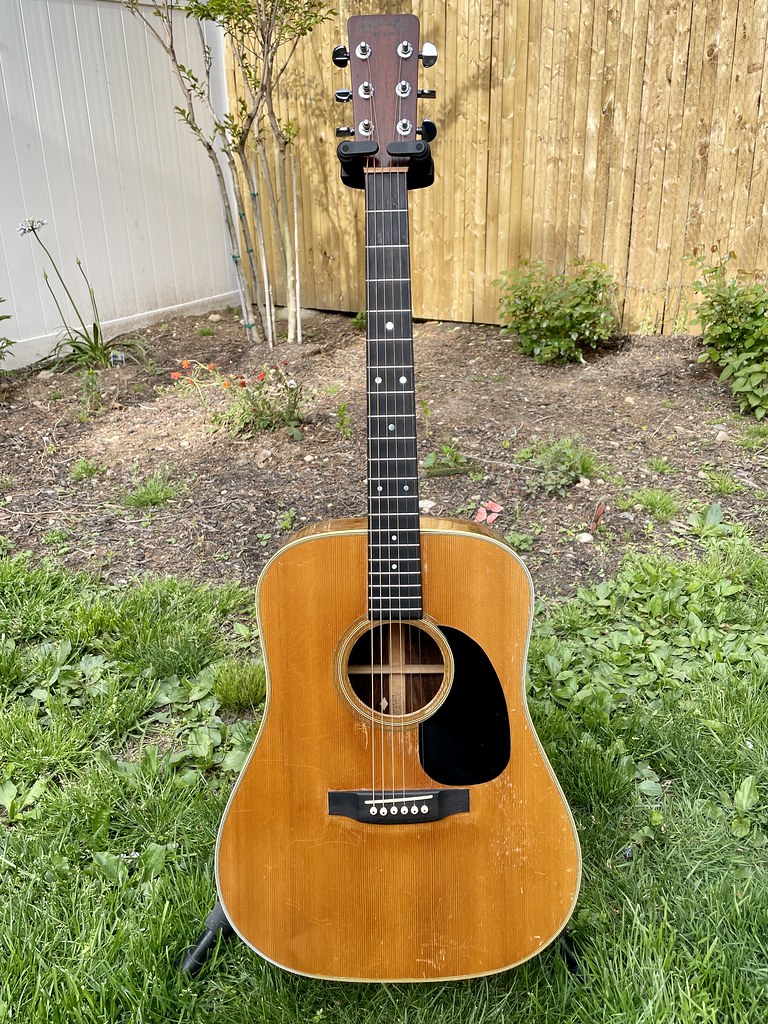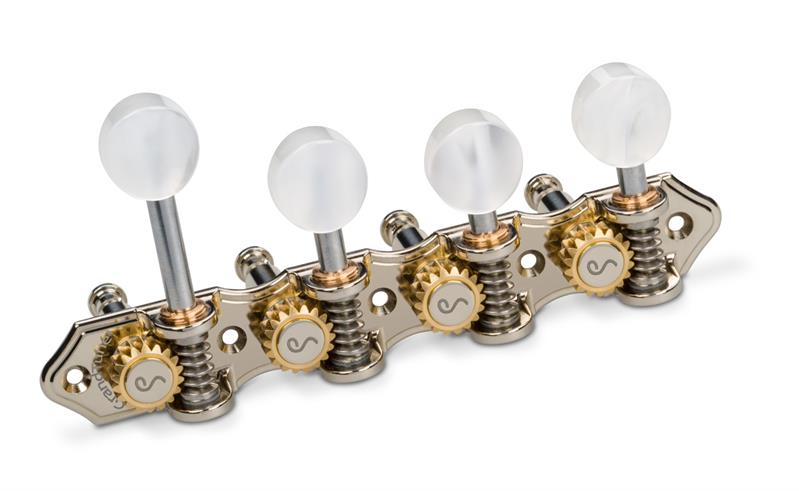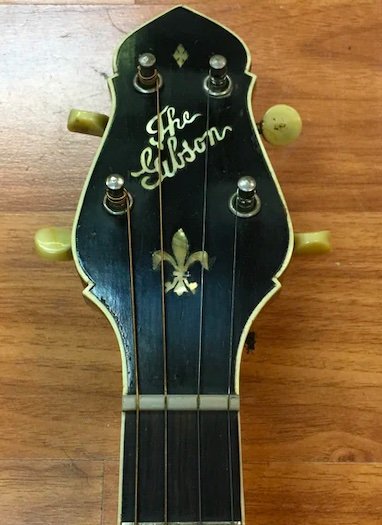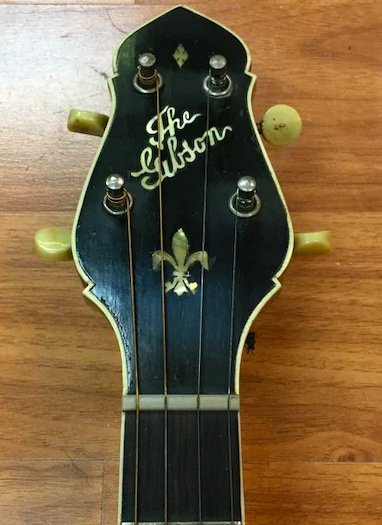That's one of Tony's best!
Tony was one of those guys who faded slowly out of public view, so it's easy to forget how radical his playing was when he first came on the scene and how much it changed acoustic guitar playing afterward.
That smooth rippling sound Tony got with a flatpack was a sound that only fingers could ever do before. Doc Watson could do cross-picking, the term used for that technique, but Doc couldn't play melody using it. And Doc's playing was rougher and choppier sounding.
Tony as an artist had as big influence on modern acoustic music as his playing style. He came from a Southern family, but was raised in California, where his career began. His influences were Californians, not North Carolinians, and there was only a faint hint of the South in his singing voice.
Back then, bluegrass was still considered to be a branch of folk music and not a serious musical genre of its own. The players were seen as rednecks if they came from the east, or hippies if they came from the west.
And then Tony showed up. Longer hippie hair, but always dressed in west-coast casual elegance, and always a nice suit of clothes. No cowboy or hippie or redneck in anything, with a voice as beautiful as his playing, and all as neat as a pin. Never a hair out of place or a mistakenly-struck string.
His songs were pure quill bluegrass, though, played with smoothness, precision, and gob-stopping speed. Rice showed everyone what bluegrass became, but always was: American-style chamber music, art music only the best can play, and 100% native-grown American, while showing off bits of every other nation's own art music in it.
Tony always acted like a serious musician, always looked like a gentleman, played seriously musical concerts, and showed the world how good America's most home-grown instrumental music could be. And how challenging it could be to a professional musician who was brave enough to plunge into its depths.
A Paganini of the guitar, easily the equal of the best classical guitarists, playing on steel strings with a flatpick on a guitar that was built for only rhythm playing styles- a flashy prop for a singing movie cowboy.
Guys like Tony don't come along very often, but when they do, they always light a fire somewhere that grows over time.
Tony's now gone, but he left us Sara Jaroz, Molly Tuttle, Billy Strings, and many others to carry what he started on to greater heights.



